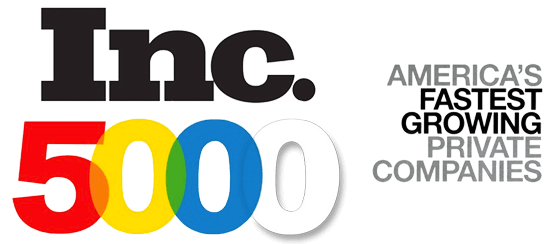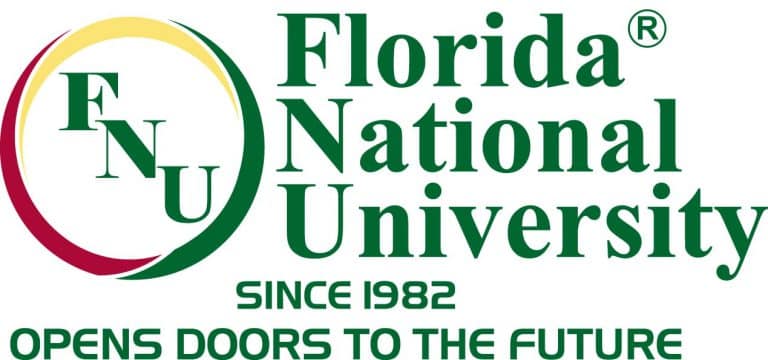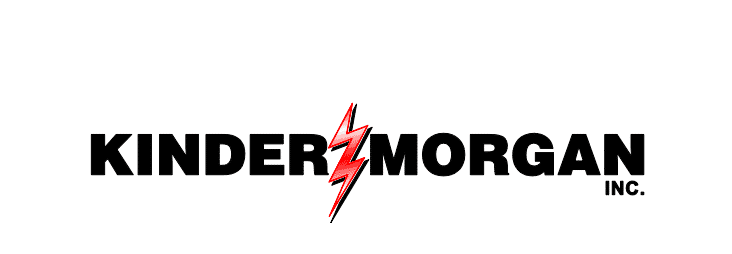
Social media advertising has evolved significantly over the past decade, and as we move further into 2025, brands and marketers are facing an ever-changing digital landscape. With consumer behaviors shifting, privacy regulations tightening, and AI-driven algorithms reshaping how content is delivered, paid social strategies must adapt accordingly. Platforms like Facebook, Instagram, and TikTok remain at the forefront of social advertising, but what does the future hold for them?
This article explores the key trends, challenges, and innovations shaping the future of paid social advertising and how brands can stay ahead of the curve.
The Rise of AI and Machine Learning in Social Advertising

One of the most significant trends in paid social is the increasing reliance on artificial intelligence (AI) and machine learning (ML). These technologies are transforming how ads are targeted, optimized, and measured.
Automated Ad Campaigns: Platforms like Meta (formerly Facebook) and TikTok are leveraging AI-driven automation to optimize ad placements and bidding strategies. Facebook’s Advantage+ campaigns and TikTok’s Smart Performance Campaigns are great examples of how AI is reducing the manual workload for advertisers while improving results.
Predictive Targeting: AI is also enhancing audience segmentation by analyzing vast amounts of behavioral data. Instead of relying solely on traditional targeting options, predictive models can determine which users are most likely to engage with or convert from an ad, leading to higher ROI and more personalized advertising experiences.
Creative Optimization: Machine learning is now being used to analyze ad performance in real time, suggesting and even generating variations of creatives that are more likely to resonate with audiences. This means marketers will spend less time A/B testing and more time focusing on strategy.
The Shift Towards Privacy-First Advertising

In recent years, privacy regulations like Apple’s App Tracking Transparency (ATT) and the phasing out of third-party cookies have reshaped how digital ads are targeted and measured. These changes have made it more difficult for advertisers to track user behavior across apps and websites, forcing platforms to rethink their ad strategies.
First-Party Data Collection: Brands are increasingly focusing on collecting first-party data (such as email addresses, purchase history, and in-app interactions) to maintain effective targeting. Facebook and Instagram’s Custom Audiences and TikTok’s Lead Generation Ads are examples of how advertisers can leverage first-party data for more privacy-compliant targeting.
Contextual Advertising: Instead of relying on individual user tracking, platforms are shifting towards contextual targeting, where ads are placed based on the content users are engaging with rather than their past behavior. This approach aligns ads with relevant topics and trends, improving engagement rates without violating privacy regulations.
Conversion API & Server-Side Tracking: Facebook’s Conversion API (CAPI) and similar server-side tracking solutions are helping advertisers continue measuring ad performance even with reduced access to cookies and mobile identifiers. These tools allow brands to send conversion data directly from their servers to ad platforms while maintaining user privacy and compliance.
Video and Short-Form Content Dominate Paid Social

The popularity of short-form video content has skyrocketed, largely due to TikTok’s success. Instagram Reels and Facebook Stories have also embraced this trend, making video ads more critical than ever for paid social success.
TikTok’s Video-First Advertising Approach: TikTok continues to prioritize native, user-generated-style ads that blend seamlessly with organic content. Their Spark Ads, which allow brands to boost existing organic videos, have proven highly effective at driving engagement and conversions.
Reels and Stories Ads on Instagram & Facebook: Instagram Reels and Facebook Stories have become prime real estate for short-form video ads. Advertisers must focus on attention-grabbing, fast-paced, and mobile-friendly creatives to succeed in these placements.
AI-Generated Video Ads: AI tools are making it easier for brands to produce high-quality video ads at scale. Meta has already introduced AI-powered video editing tools, allowing businesses to create engaging content without large production budgets.
The Growth of Social Commerce and Shoppable Ads

Social commerce is reshaping how users discover and purchase products on social media. Facebook, Instagram, and TikTok are expanding their eCommerce capabilities to bridge the gap between discovery and checkout.
Facebook & Instagram Shops: Meta’s in-app shopping experiences allow brands to set up fully integrated online stores, making it easier for users to browse and buy without leaving the platform. Expect to see more personalized and AI-driven shopping recommendations in the future.
TikTok Shop & Livestream Shopping: TikTok’s eCommerce ecosystem is rapidly expanding with TikTok Shop and Live Shopping Events. Influencer-driven sales, interactive product demos, and real-time purchasing opportunities are redefining the way users shop on social media.
Shoppable Video Ads: Video ads are becoming more interactive, allowing users to click on featured products directly within the video. This seamless integration between content and commerce is expected to increase conversion rates and drive more impulse purchases.
The Role of Influencers in Paid Social

Influencer marketing is evolving, and platforms are integrating influencer content directly into paid ad strategies.
Branded Content Ads: Facebook and Instagram allow brands to boost influencer content as ads, ensuring that high-performing organic content reaches a broader and more targeted audience.
TikTok’s Creator Marketplace: TikTok’s Creator Marketplace connects brands with content creators, making it easier for advertisers to partner with relevant influencers and amplify their paid social campaigns.
AI-Generated Influencers: The rise of virtual influencers is an emerging trend in social advertising. AI-generated personalities are creating highly engaging branded content, opening new possibilities for cost-effective influencer marketing.
The Future of Paid Social: What’s Next?

As we look ahead, several emerging technologies and innovations will shape the future of Facebook, Instagram, and TikTok advertising.
Augmented Reality (AR) Ads: Platforms are expanding their AR advertising capabilities. Meta’s Spark AR and TikTok’s AR Branded Effects allow brands to create interactive experiences that engage users in unique ways.
Voice Search & Audio Ads: With the growth of voice search and smart devices, expect audio-based social ads to become more prominent, offering new ways to reach audiences through platforms like Facebook Podcasts and TikTok’s evolving audio features.
Metaverse & Virtual Spaces: While still in its early stages, Meta’s vision for the metaverse could bring new forms of advertising, including virtual storefronts, immersive ad experiences, and branded digital goods.
Final Thoughts

The future of paid social is dynamic and ever-evolving, with AI, privacy-first strategies, video content, social commerce, and influencer marketing all playing crucial roles in shaping the landscape. Facebook, Instagram, and TikTok continue to innovate, offering new opportunities for brands to connect with audiences in more personalized, engaging, and data-driven ways.
To stay ahead, advertisers must embrace automation, leverage AI-driven insights, create compelling video content, and prioritize privacy-friendly ad strategies. By adapting to these trends, businesses can ensure they remain competitive in the ever-changing world of social media advertising.
Whether it’s through shoppable video ads, influencer collaborations, or AR-powered experiences, the future of paid social is exciting, immersive, and full of potential. The brands that stay ahead of these changes will be the ones that drive the most impact in the years to come.






















